Ecuador The 10 most touristically places, Ecuador, a small but incredibly diverse country in South America, is a treasure trove of natural wonders, rich cultural heritage, and unique experiences. From the lush Amazon rainforest to the heights of the Andes and the enchanting Galápagos Islands, Ecuador beckons travelers with its diverse landscapes and vibrant traditions. In this exploration, we delve into the ten most touristically renowned places in Ecuador, shedding light on the unique attractions that draw millions of visitors each year.
1. Galápagos Islands: Living Laboratory of Evolution
The Galápagos Islands, an archipelago located about 600 miles off Ecuador’s coast, are a UNESCO World Heritage site and a living laboratory of evolution. Famous for inspiring Charles Darwin’s theory of natural selection, the islands boast an incredible array of unique and endemic species. Giant tortoises, marine iguanas, and blue-footed boobies are just a few of the iconic inhabitants that captivate visitors. The Galápagos offer opportunities for snorkeling, diving, and wildlife observation, providing an intimate connection with nature. The islands’ pristine landscapes and unparalleled biodiversity make them a must-visit destination for those seeking an immersive encounter with the wonders of the natural world.
2. Quito: Historic Capital in the Andes
Quito, the capital city of Ecuador, is a historic marvel nestled in the Andes at an altitude of 9,350 feet (2,850 meters). The city’s UNESCO-listed Historic Center is a treasure trove of colonial architecture, including the ornate Compañía de Jesús Church and the majestic Independence Square. The Basilica del Voto Nacional, with its Gothic and Neogothic design, offers panoramic views of the city from its towers. Quito’s rich history, vibrant markets, and the Mitad del Mundo monument, marking the equator, make it a cultural hub and a gateway to Ecuador’s diverse attractions.
3. Cuenca: Colonial Elegance in the Southern Andes
Cuenca, located in the southern Andes, is a colonial gem and Ecuador’s third-largest city. The Historic Center, a UNESCO World Heritage site, features cobblestone streets, well-preserved mansions, and the stunning Catedral de la Inmaculada Concepción. The Tomebamba River runs through the city, enhancing its picturesque charm. Cuenca is known for its vibrant arts scene, with numerous galleries and artisan workshops showcasing traditional crafts. The city’s cultural richness, coupled with its colonial elegance, makes Cuenca a destination that transports visitors to a bygone era.
4. Amazon Rainforest: Biodiversity Hotspot
Ecuador’s slice of the Amazon rainforest, located in the eastern part of the country, is a biodiversity hotspot teeming with lush vegetation, exotic wildlife, and indigenous cultures. The Yasuní National Park, a UNESCO Biosphere Reserve, is known for its incredible diversity of plant and animal species, including jaguars, monkeys, and vibrant birdlife. Visitors can explore the rainforest through guided tours, canopy walks, and river excursions, gaining insights into the complex ecosystems and the indigenous communities that call this region home. The Amazon rainforest’s ecological significance and immersive cultural experiences make it a sought-after destination for nature enthusiasts and those seeking an authentic encounter with indigenous traditions.
5. Otavalo: Indigenous Market and Andean Traditions
Otavalo, located in the northern Andes, is renowned for having one of the largest and most famous indigenous markets in South America. The Otavalo Market, held daily but especially vibrant on Saturdays, showcases a kaleidoscope of colors with textiles, crafts, and traditional Andean attire. The market is an opportunity to engage with the local Kichwa people, known for their skilled craftsmanship and entrepreneurial spirit. Otavalo’s scenic surroundings, including the Cuicocha crater lake and the Peguche Waterfall, add to its appeal as a destination that celebrates Andean traditions and crafts.
6. Baños: Adventure Haven at the Foothills of Tungurahua
Baños, nestled at the base of the Tungurahua volcano, is a gateway to adventure surrounded by lush landscapes and waterfalls. Known as the “Gateway to the Amazon,” Baños offers activities such as hiking, biking, and canopy tours. The town is famous for its thermal baths, fed by the volcanic hot springs, providing a relaxing contrast to the adrenaline-pumping adventures. The Basilica of Our Lady of the Holy Water, located in the heart of Baños, adds a cultural touch to the town’s attractions. Baños’ combination of natural beauty, adventure sports, and cultural richness makes it a vibrant destination for travelers seeking diverse experiences.
7. Mindo: Cloud Forest Retreat
Mindo, located in the cloud forests northwest of Quito, is a haven for nature lovers and birdwatchers. The cloud forest’s diverse ecosystems are home to an abundance of flora and fauna, including over 500 species of birds. Visitors can explore the lush surroundings through hiking trails, zip-lining adventures, and visits to butterfly and orchid farms. Mindo is not only a retreat for ecotourism but also a destination that promotes sustainable practices and conservation efforts. The peaceful ambiance and biodiversity of Mindo make it an ideal escape into the heart of Ecuador’s cloud-kissed landscapes.
8. Montañita: Surfing Paradise on the Pacific Coast
Montañita, situated on Ecuador’s Pacific coast, is a vibrant beach town renowned for its surf breaks, lively atmosphere, and bohemian vibe. The beach, with its golden sands and consistent waves, attracts surfers from around the world. Montañita’s nightlife is equally famous, with beachfront bars and clubs that come alive in the evening. The town’s murals, street art, and the laid-back Pueblo de los Artesanos contribute to its artistic and alternative spirit. Montañita is not just a surfing paradise but also a destination that embraces a carefree lifestyle and a sense of community.
9. Machalilla National Park: Coastal Biodiversity and Archaeological Sites
Machalilla National Park, located along Ecuador’s Pacific coast, is a protected area that combines coastal landscapes with archaeological sites. The park’s highlight is the Isla de la Plata, often referred to as the “Poor Man’s Galápagos” due to its diverse marine life and bird species. The park is also home to the Los Frailes Beach, a pristine stretch of coastline with turquoise waters. The archaeological site of Agua Blanca, an ancient Manteña settlement, offers a glimpse into the region’s pre-Columbian history. Machalilla National Park’s blend of coastal biodiversity and cultural heritage makes it a multifaceted destination for nature enthusiasts and history buffs.
10. Ibarra and the Train of the Devil (Tren de la Libertad): Scenic Railway Journey
Ibarra, located in the northern highlands, serves as the starting point for the scenic railway journey known as the “Tren de la Libertad” or the “Devil’s Nose Train.” This iconic train ride traverses the Andes, offering breathtaking views of the mountains, valleys, and indigenous villages. The highlight is the Devil’s Nose, a steep and zigzagging section of the railway that showcases the engineering prowess of the early 20th century. The train journey, which connects Ibarra to the town of Alausí, provides a unique perspective on Ecuador’s diverse landscapes and indigenous cultures, making it a memorable experience for train enthusiasts and those seeking a picturesque journey.
In conclusion, Ecuador’s allure as a tourist destination lies in its compact yet diverse offerings, from the unique wildlife of the Galápagos Islands to the colonial charm of Quito and the adventures in the Amazon rainforest. Each of the ten highlighted destinations showcases a different facet of Ecuador’s multifaceted beauty, inviting travelers to explore the country’s unique blend of nature, culture, and adventure. Whether marveling at the biodiversity of the Galápagos, exploring indigenous markets in Otavalo, or riding the Devil’s Nose Train, Ecuador stands as a testament to the richness and diversity of South America’s hidden gem.



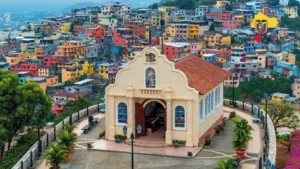







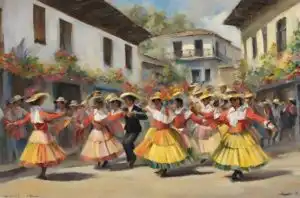

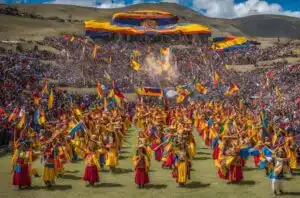


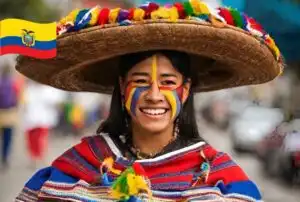

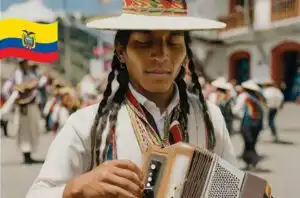





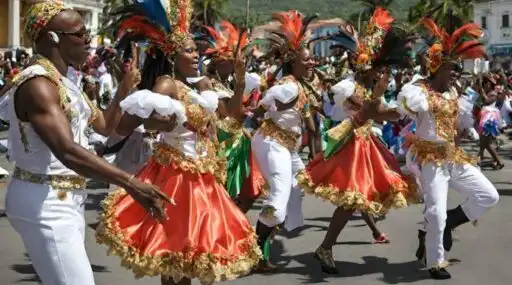











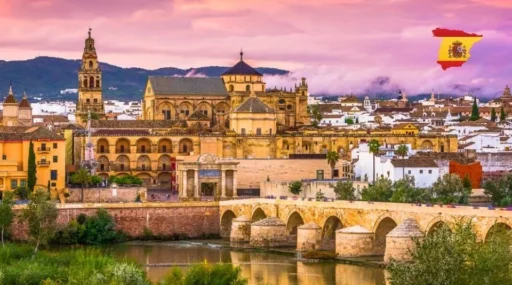


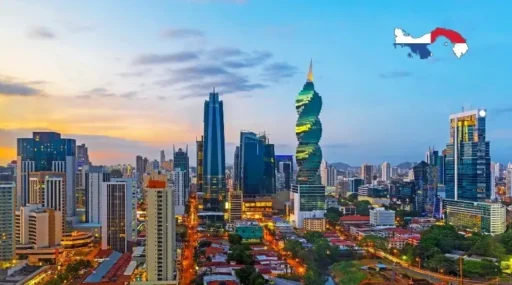





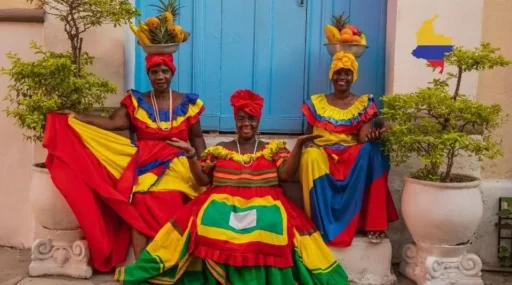



Leave a Reply